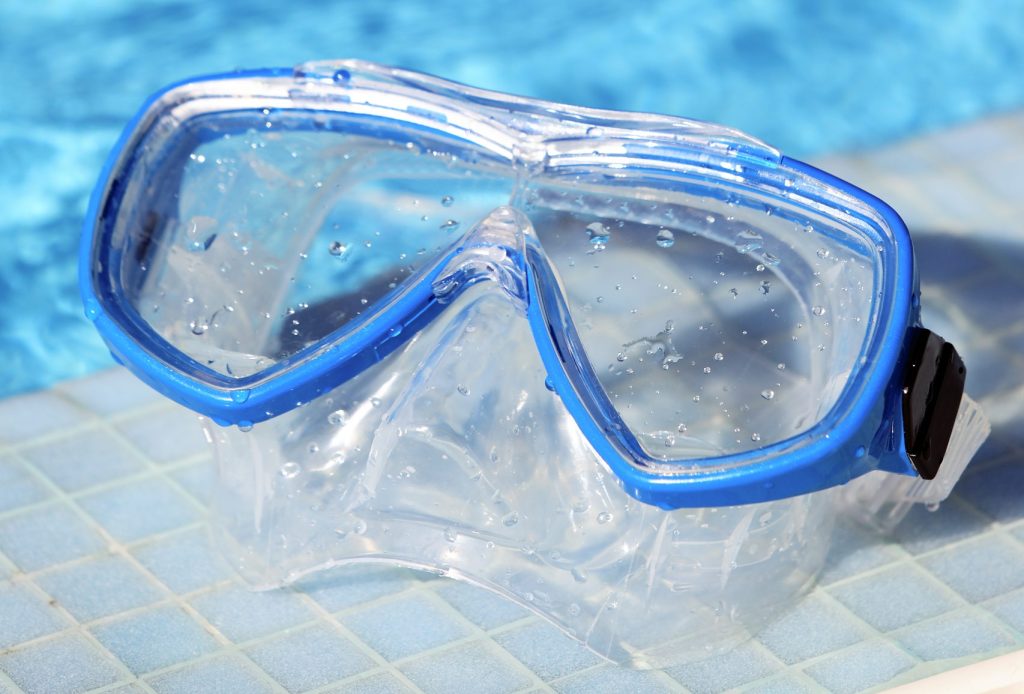The History of swimming goggles
To start with, goggles were not always used in recreation as they are today. Oldest known record of what could be considered goggles found in the 14th century, were tortoise shells that Persians used to cover their eyes while diving for pearls.
The word goggles didn’t exist till about two centuries later, in 1530 the word ‘gogolen’ came into the English language. Meaning “to roll eyes about.”
In the 18th century Polynesian divers used deep wooden frames without lenses, the frames worked by trapping air within the frame. This was not a perfect solution as the air would only be trapped so long as the diver was looking down.
Later they would incorporate glass lenses after an introduction by European explorers.
However even then the goggles were not waterproof and leaked often.
In the 19th century Thomas Burgess, used a pair of motorcycle goggles to become the second person to ever swim a

cross the English channel. It should be noted however that the goggles he used were leaking the entire swim.
Then in 1926, An American swimmer Gerturde Eldere. Improved upon Burgess’s idea and used a paraffin seal to make her goggles waterproof. In doing so she became the first woman to swim the English channel.
Prior to 1968 the only goggles in use were rubber, double lens and rather bulky. Open water swimmers used them to protect their eyes against the sting of the salt water. In 1968, The first marketed goggles appeared, unfortunately this product was uncomfortable, only made in one size and prohibited from competitions.
In 1969, Tony Godfrey created the ‘Godfrey goggle’ from polycarbonate plastic. These were game changer as being made of plastic, were ‘shatter proof’ and were not as bulky as previous renditions.
In 1970, David Wilkie, a competitive swimmer with an allergy to chlorine. Showed up to an international competition with goggles. Not only did he achieve a bronze medal in the commonwealth games, but he also changed how goggles were viewed in the world of swimming. Changing them into an object of desire for competitive swimmers.
As the years went on and companies emerged, goggles became less of a limited resource. Businesses started marketing to families, encouraging the use of goggles outside of competitive swimming. Opening a whole new world up to both children and adults for leisure activities. These days there are many styles and brands for goggles you can buy and use and despite how far we have come in the creation of such a product. There are still goggles that are not sealed properly and leak during practice.
